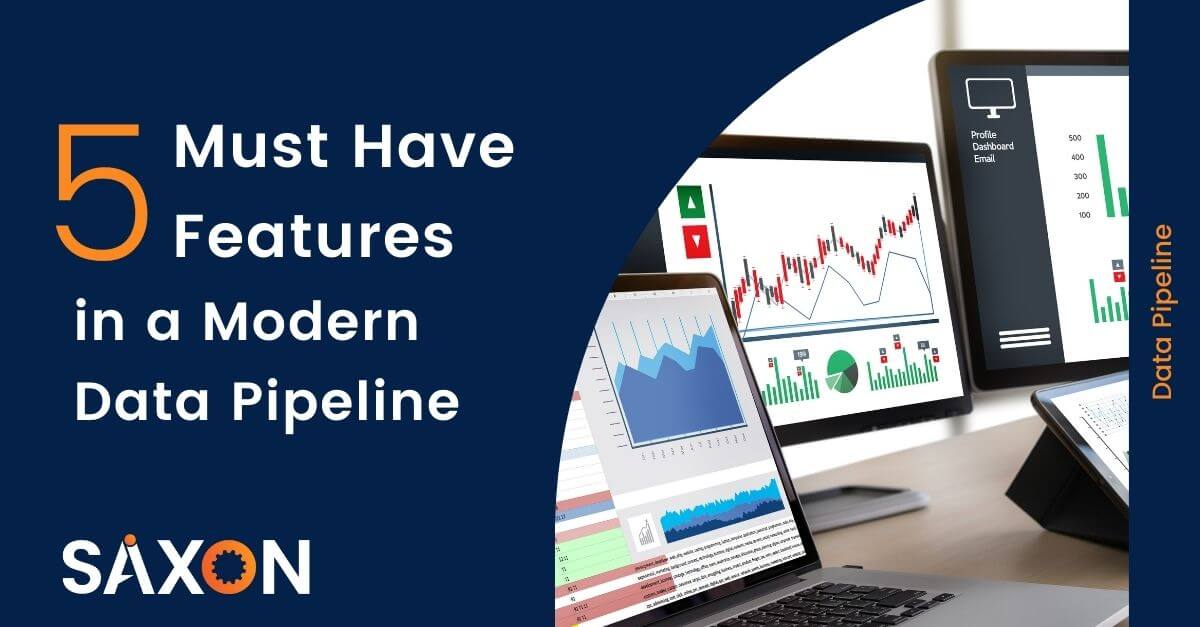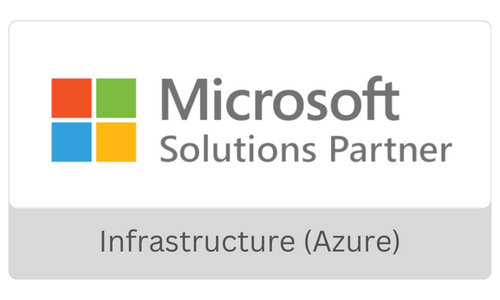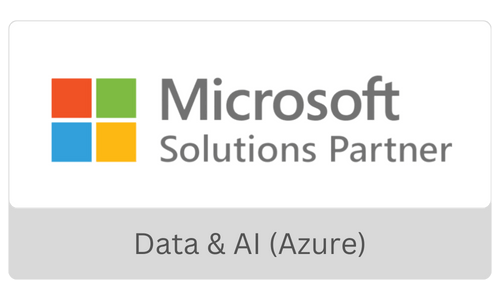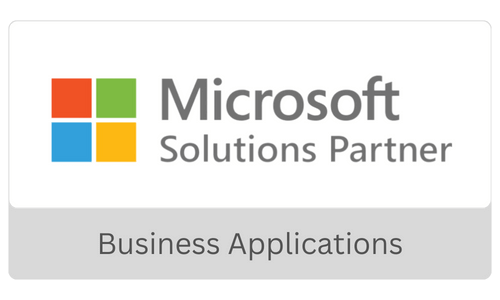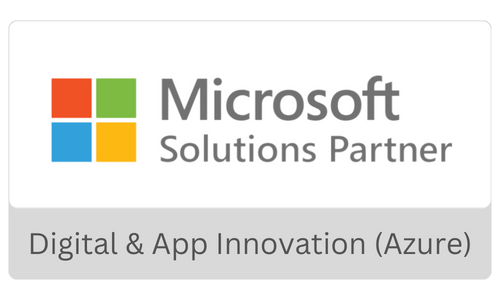Organizations leverage data and analytics approaches throughout the organization to create value through every process. But the current challenges are solved by traditional methods, which still take months and years to resolve.
As per McKinsey, organizations that foster data-driven culture and automate data processes can resolve their challenges in hours or days by 2025. Modern data and analytics approaches in each phase of data processing and insights may transform the entire landscape. Data volumes are rapidly changing for every business. As data pipelines are the backbone of the data architecture in any organization, they should evolve with the changing landscape. Let us look at more details about the modern data pipeline in this blog.
What is a data pipeline?
A data pipeline involves transformation steps to move raw data from source to destination for insights. The source could be any database, and the destination can be a data lake or data warehouse, where users analyze data for business insights.
Data pipelines may involve filtering, cleaning, accumulating, and analyzing the data that needs a transfer. As organizations now have disparate data sources, it is a critical function of data pipelines to move and unify data. Moreover, the data pipelines provide teams with access to the required data without looking into the production systems.
Data pipeline architecture provides more details about data collection, processing, and analysis through the transformation steps. Organizations can leverage both stream processing and batch processing for their needs. In batch processing, data flows in batches once or according to the pre-defined schedules. Batch processing is the traditional approach, and it does not support real-time analytics.
In-stream processing, users can access the data as it gets generated. Also, stream processing allows users to collect data continuously from IoT devices and messaging systems. It will enable quick and real-time decisions for organizations.
Components of a Data Pipeline
Data pipelines form a crucial part of data engineering in the business intelligence context. The elements of a data pipeline include:
- Source – Modern data pipelines extract data from many sources. It can be a simple transactional database, ERP, CRM, social media tools, or IoT devices.
- Destination – It is the last point where the extracted data remains. It can be a data warehouse or a data lake in most cases. But it is also possible to feed data directly into business intelligence systems.
- Data flow – As data undergoes many changes, data movement is defined by the data flow. The most common data flow approach is either ETL or ELT.
- Data processing – It defines the process component of the data flow in your data pipeline. Organizations use several types of data processing like batch processing, stream processing, transaction processing, and distributed processing for extracting data from various sources.
- Workflow – Now that the flow and process are defined, it is time to provide the sequencing within the data pipeline. Dependencies and sequences offer actions to help the data pipeline run. It is vital to perform upstream jobs in a typical data pipeline before initiating downstream jobs.
- Monitoring – Any modern data pipeline becomes inefficient if not monitored. This component checks for any inconsistencies in the system, data accuracy, and data loss. Furthermore, it is also critical to monitor the speed of the data pipeline as the volumes of data grow.
5 Important Features of a Modern Data Pipeline
Advanced data pipelines have numerous features according to the organization’s specific needs. As per our expertise and understanding of different industries, we have come up with the most vital features in a modern data pipeline that aids in faster insights.
- Real-time processing and analytics
Modern businesses need to react to customer needs in no time. It is not only about the customer needs but also about the supply chain, operations, and sales data. Organizations should extract, transform, and provide insights in real-time to sustain their growth and stay resilient. Without any delay, the data must be ingested from different messaging systems, social media, websites, and messaging systems for analysis and providing the necessary actions. CDC is the principal standard for real-time data.
Usually, batch processing takes hours or days to transfer data for the required process/insights. If organizations fail to react to a sudden shift in social media trends or fail to detect a security threat, they may suffer significant consequences.
Real-time data pipelines provide the needed foundation to extract insights as events happen. Every organization remains focused on speed and timing for insights in this digital era.
- Scalable architecture – cloud-based
Modern enterprises rely on the cloud to rapidly scale the storage and compute resources as needed. Unlike traditional ones, a modern data pipeline needs to handle the compute resources distributed across different data clusters.
Modern data pipelines are agile and elastic. It is easier to predict the data processing time as the data grows across various business lines. For example, a business may witness peak sales during a specific period in a month; organizations can add more compute resources without much pre-planning. Elastic data pipelines enable this scalability and make it easy to respond to business changes rapidly.
- Resilient architecture
Failure is a possibility for data pipelines when the data is in transit. But this may lead to a significant loss for the organization. Modern data pipelines should offer high availability and reliability to mitigate the impact on critical projects.
A modern data pipeline design can leverage the distributed architecture that provides alerts in case of node failure or application failure. Also, if any node goes down, another one in the cluster takes over to avoid any significant loss and intervention.
- Self-service
Connectivity is key to ensuring that time and efforts remain optimized in integrating a large chunk of data integration and analysis tools. From data integration tools to data lakes and data warehouses, a modern data pipeline can leverage various tools to enable self-service and automation.
Ongoing maintenance in the traditional data pipelines also seems a significant roadblock. Also, legacy data pipelines could not handle structured, unstructured, and semi-structured data formats. Modern data pipelines resolve these challenges by democratizing data access. Businesses can take advantage of these automation and data service efforts with less effort and limited human resources.
- Processing high data volumes
Around 80% of the data generated by businesses is now unstructured. As the data formats vary for companies, modern data pipelines must process large volumes of semi-structured, unstructured, and structured data. Companies need to have a big data pipeline to unify and move the volume of data from apps, sensors, social media feeds, and databases.
How to Gain a Competitive Advantage?
Data pipelines are the backbone for accelerating your insights. It is vital to have a modern data pipeline that handles the growing complexities and variations in the datasets. Efficient, reliable, and scalable data pipelines reduce time and effort and provide a competitive advantage.
Are you looking to accelerate your insights journey? At Saxon, we offer InsighBox, a comprehensive solution to help you generate visualizations in hours.
Interesting! Schedule a demo now to talk to our experts.

